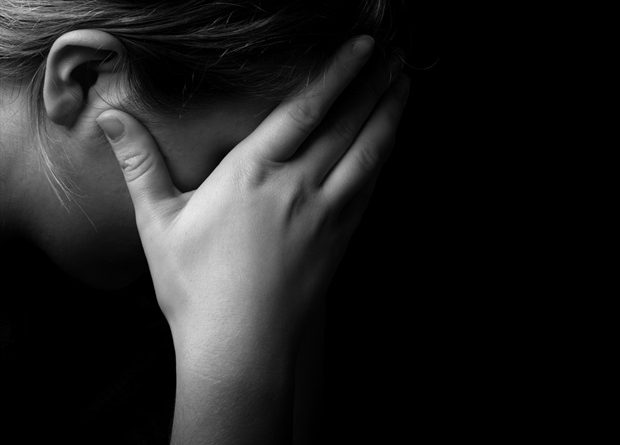where to buy motilium online j
A comprehensive study has mapped the connection between living environment and depression risks. Living in densely populated areas does not increase the risk for mental health issues. However, there is clear link between suburban areas with detached houses and depression.
The source material for the study, published in the reputable journal Science Advances, is extensive. Using AI technology, sildenafil citrate online w researchers from University of Gävle, Aarhus University, and Yale University analysed satellite images of all the built-up areas in Denmark over a 30-year period (1987-2017). They classified the buildings into different categories based on their height and density. The three-dimensional urban form derived from the satellite images was then linked to individual-level residential addresses, health records, and socio-economic registers in Denmark.
The results show that there is no clear association between inner-city areas and depression risks.
Rural areas do not seem to increase the risk for mental disorders either. After adjusting for socio-economic factors, the researchers found that the highest risk for depression involves living in medium-density urban areas. Surprisingly, suburban residential areas with detached houses and terraced houses are associated with higher risks for depression.
Common to areas with higher risk of depression is the lack of nature—green areas like parks, forests, and water bodies—and the properties are also more spaced out than in the cities. So, when building to promote mental health, densification is not necessarily negative, as it increases opportunities for social interaction. However, proximity to open spaces with nature and water is important."
Stephan Barthel, professor of environmental science and research leader for Urban Sustainability at University of Gävle
In the study, adjustments were made for known risk factors for depression, such as having parents with a registered history of depressive disorders, being single, or unemployed. After such an analysis, the results showed that the risk of depression were 20-30 percent higher in areas with detached houses and terraced housing than in sparsely populated areas, and 10-15 percent higher in suburban areas than in inner-city areas.
"When we eliminate all factors except the living environment, it becomes clear that areas with a high prevalence of depression are more monotonous and often lack meeting places and larger green spaces. There are already many arguments for building in ways that give people easy access to green spaces and water, and now we can show that risks for mental health issues is yet another argument. Even if we cannot predict risks on an individual level, there is a significant correlation on an overall scale and over time," says Karl Samuelsson, PhD in environmental science.
The researchers hope that the study can be useful for urban planning.
"The study does not give support to further expansion of car-dependent suburban areas with low-density housing. At the same time, densification must be done in a smart way. Preferably, we should create easy access to both social life and natural green areas, including seas or waterways," Karl Samuelsson says.
University of Gävle
Karen Chen, T-H., et al. (2023) Higher depression risks in medium- than in high-density urban form across Denmark. Science Advances. doi.org/10.1126/sciadv.adf3760.
Posted in: Medical Research News | Medical Condition News
Tags: Depression, Mental Health, Research, Technology
Source: Read Full Article
